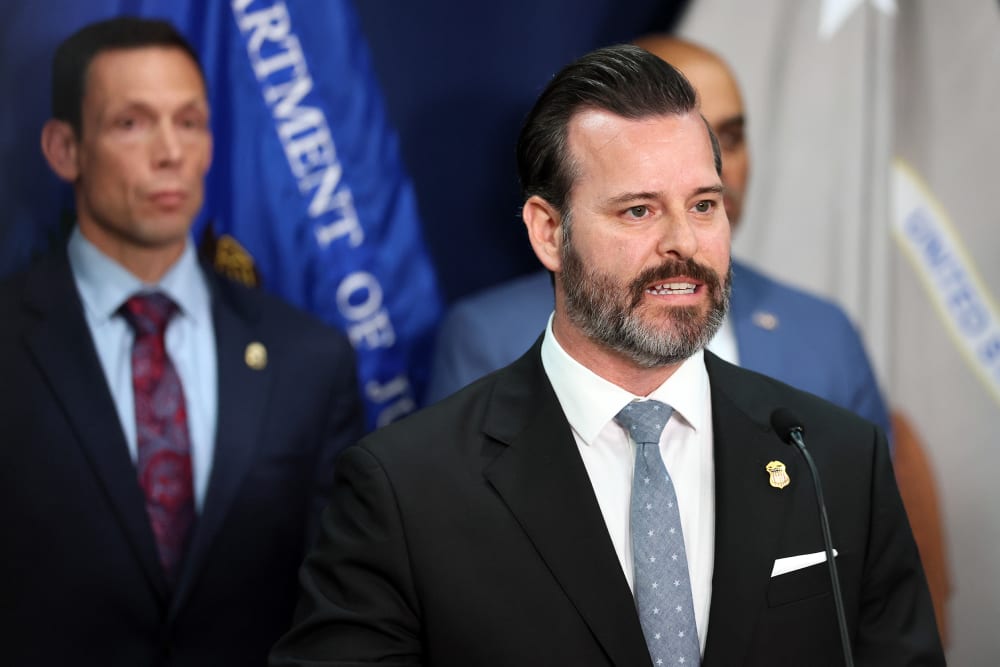The U.S. Attorney for the Southern District of Florida called a division-wide meeting on Monday afternoon, following the resignations of two prosecutors who were asked to take part in a vast “conspiracy” investigation into former intelligence and law enforcement officials, according to a source familiar with internal concerns among career prosecutors.
Trump-appointed U.S. Attorney Jason Reding Quiñones called the impromptu meeting of the largest section in the criminal division — major crimes — a unit that includes two to three dozen career prosecutors. The source said it is unusual for an office’s top prosecutor to convene such a gathering.
“Everyone is on pins and needles,” the source told MSNBC, referring to prosecutors who fear being asked by the U.S. Attorney Reding Quiñones, or his leadership team, to work on a case that President Donald Trump has said should lead to the arrests of an expansive list of individuals, including former President Barack Obama and former CIA Director John Brennan.
The Justice Department approved at least 30 subpoenas on Friday, including for Brennan and former FBI officials Peter Strzok and Lisa Page.
The official who signed at least some of the subpoenas is Executive Assistant United States Attorney Manolo Reboso, a source familiar with a number of the subpoenas issued so far told MSNBC.
In doing so, the SDFL appears to have bypassed what multiple legal experts told MSNBC is standard protocol for its issuance of subpoenas, turning to a member of leadership to sign off on some of them, instead of a line prosecutor assigned to investigate the case.
As Executive Assistant US Attorney, Reboso is the third-highest ranked official in SDFL, but typically, that role oversees office operations and human relations matters, coordinating with the Department of Justice in Washington, D.C.
The source familiar with the internal schisms inside the SDFL office said that one of the prosecutors resigned because they “felt like there was something they could not take part in because it would violate their ethical responsibilities.”












